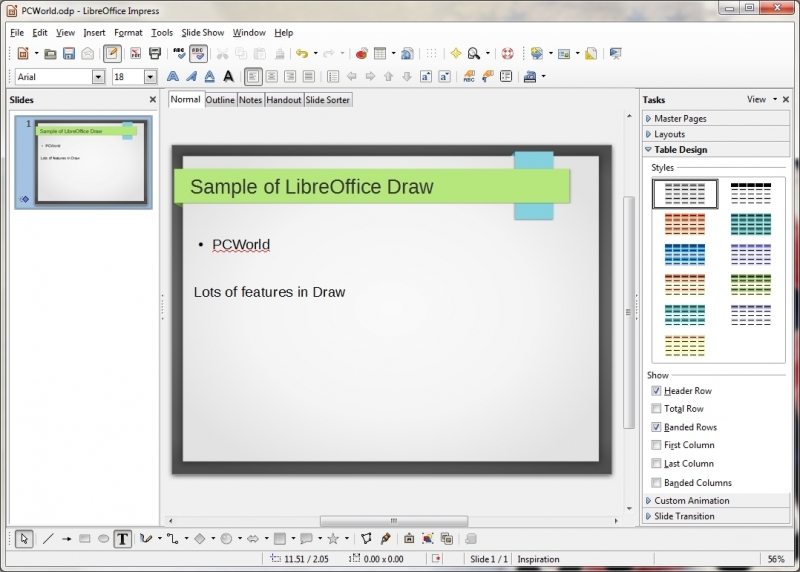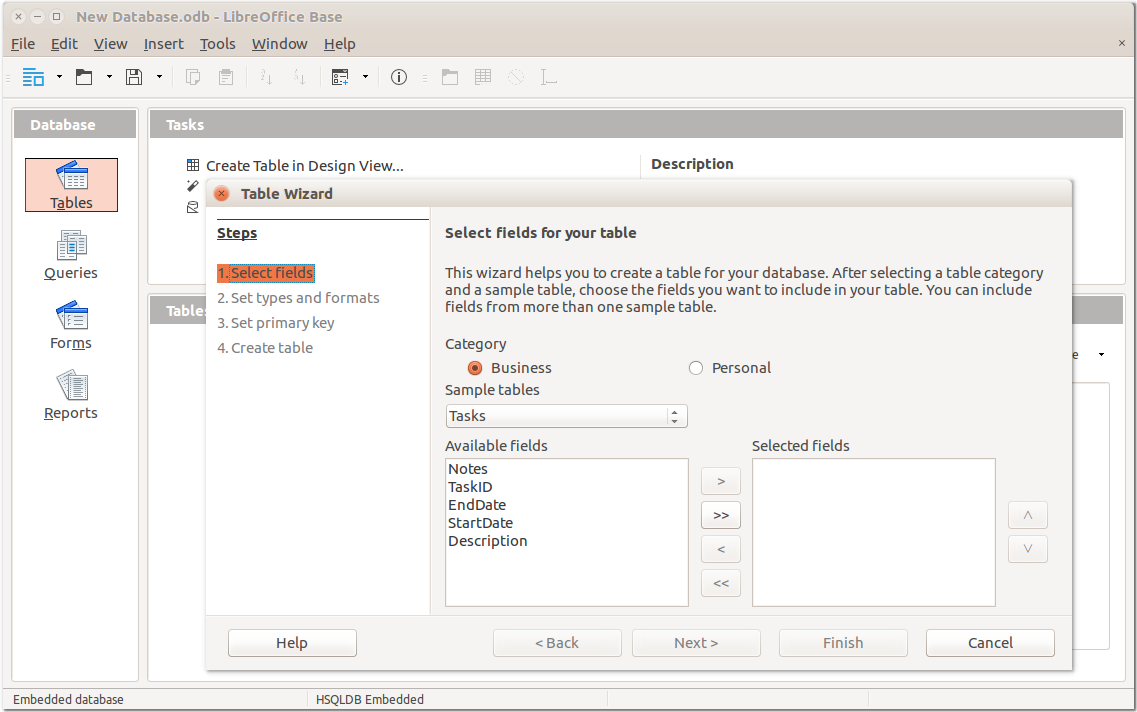
Loaded plugins: extras_suggestions, langpacks, priorities, update-motd Use the following commands to verify the installation and confirm the software version: $ yum list installed php-cli php-pdo php-fpm php-json php-mysqlnd For example, to install the PHP 7.2 topic, use the following command: $ sudo yum clean metadata & sudo yum install php-cli php-pdo php-fpm php-json php-mysqlndĦ. # yum install php-cli php-pdo php-fpm php-json php-mysqlndĥ. For example, to enable the PHP 7.2 topic, use the following command: $ sudo amazon-linux-extras enable php7.2ġ5 php7.2=latest enabled

The output shows the commands required for installation. $ amazon-linux-extrasĥ postgresql9.6 available ġ0 rust1 available ġ5 php7.2 available ġ6 php7.1 available ġ7 lamp-mariadb10.2-php7.2 available ġ8 libreoffice available Ģ0 docker=latest available Ģ1 mate-desktop1.x available Ģ2 GraphicsMagick1.3 available Ģ3 tomcat8.5 available Ģ7 corretto8 available Ĥ. Note: The repository is updated regularly, so the topics and versions that you see might differ from the following list. If the amazon-linux-extras package isn't installed, use yum to install it: $ sudo yum install -y amazon-linux-extras Use the which command to confirm that the amazon-linux-extras package is installed: $ which amazon-linux-extras Connect to your EC2 Linux instance using SSH.Ģ. These steps don't apply to Amazon Linux 1 2018.03. Note: This resolution is for Amazon Linux 2. Then, list the available software packages, enable the one you're looking for, and then install the package using yum.


To install a software package from the Extras Library, first confirm that the amazon-linux-extras repository is installed on your instance.


 0 kommentar(er)
0 kommentar(er)
